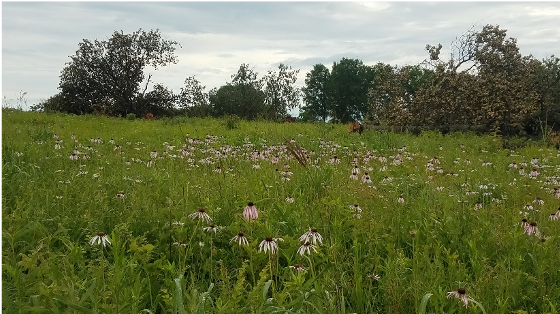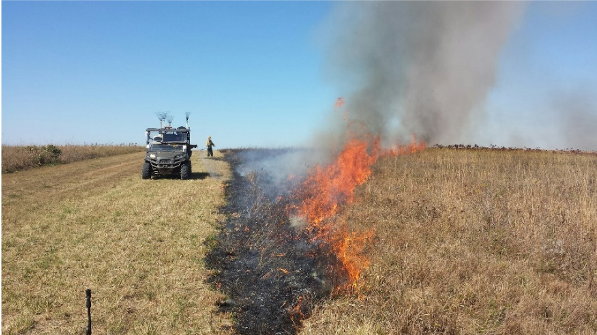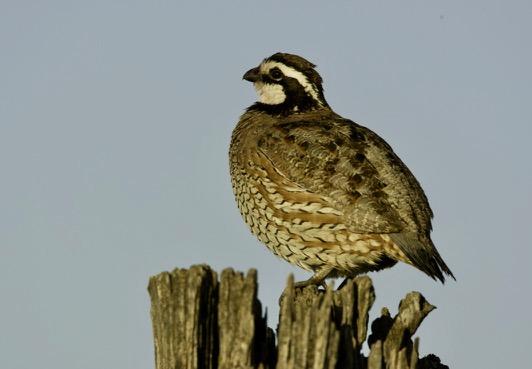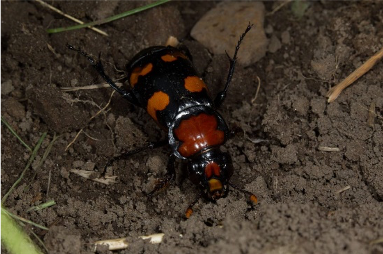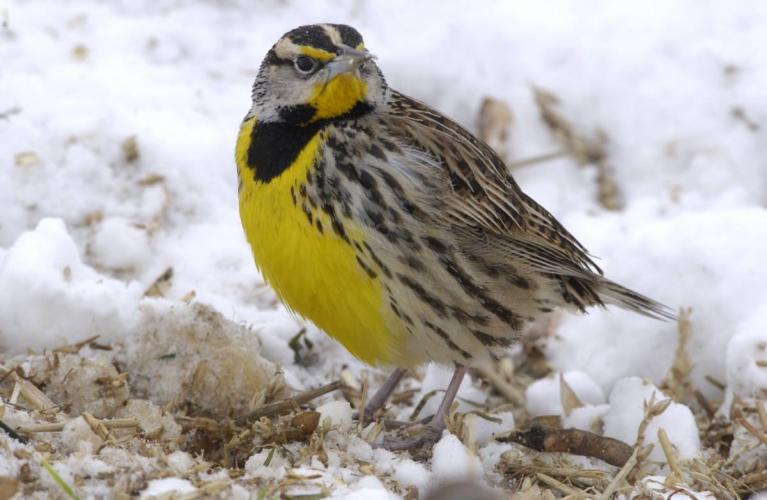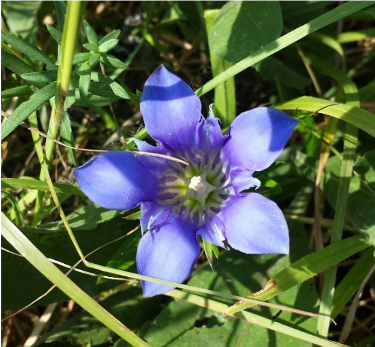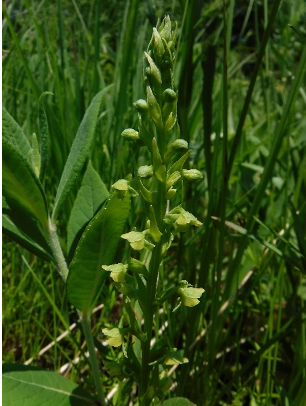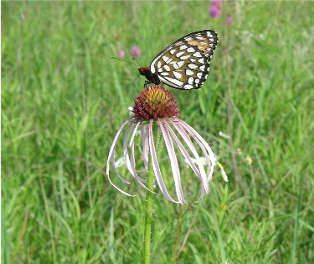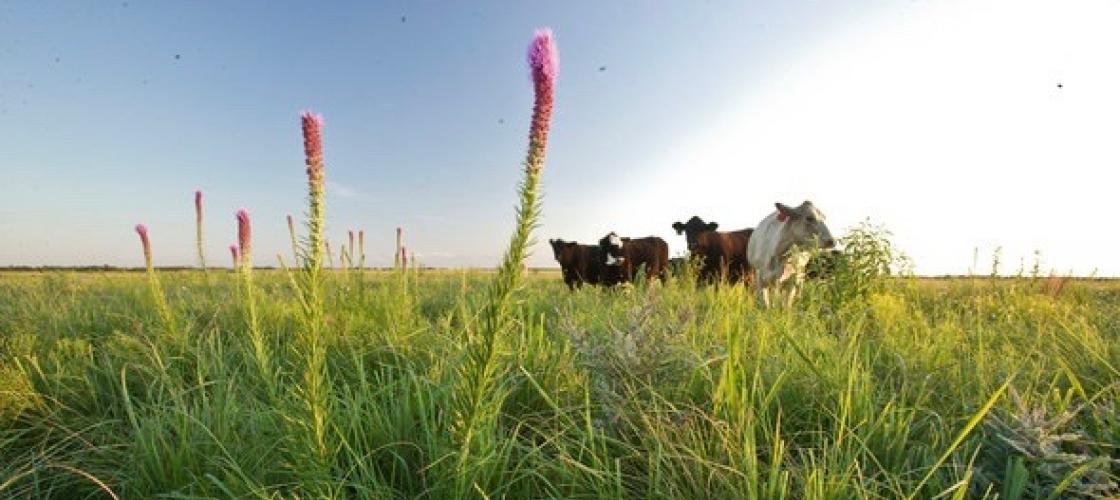The Upper Osage Grasslands encompass some of the most diverse native tallgrass prairies in the state. Located in the Osage Plains of west-central Missouri, these gently rolling grasslands transition into open savannas as you travel east into the oak-hickory forests of the Ozarks. Hidden within these grasslands, you will find sandstone glades, dolomitic rock outcroppings, sparse oak groves, and seasonal prairie streams, along with plants and animals unique to this ecosystem.
This landscape spans about 139,500 acres of public and private lands (13,000 acres managed by the MDC). Large-scale grassland and savanna restoration is underway on Schell-Osage Conservation Area and Linscomb Wildlife Area. MDC and partners are assisting landowners through conservation-based programs on their properties.
Contact our Clinton Office to speak with a member of our dedicated team.
MDC staff can provide:
- Cost-share information
- Site visits
- Technical advice
- List of habitat management contractors
- Guidance for improving wildlife habitat
Title
What Conservation Practices Could Benefit Me?
MDC aims to find common sense solutions to meet the goals of local landowners while balancing the needs of nature. Our staff and partners will work with you to create a program that matches your property goals with conservation practices that fit your needs. In the Upper Osage Grasslands, these practices may include:
- Conservation grazing practices
- Prescribed burns for habitat enhancement
- Native prairie restoration and reconstruction
- Savanna restoration
- Removal of invasive species such as sericea lespedeza
- Stream protection
Title
How Will The Area Benefit From Conservation Efforts?
- Improved grasslands and stream quality through sustainable agricultural practices
- Revitalized natural communities through prescribed fire and woody vegetation control
- Increased habitat for grassland birds, which are declining around the globe
Title
What Species Will Be Helped?
While all species will benefit — including game animals — key species and species of greatest concern in the Upper Osage Grasslands include:
- Birds: northern bobwhite quail, greater prairie-chicken*, eastern meadowlark, upland sandpiper, Henslow’s sparrow, Bell’s vireo, short-eared owlC
- Amphibians: northern crawfish frog, boreal chorus frog, small-mouthed salamander
- Reptiles: ornate box turtle, red milk snake, bullsnake, prairie racerunner, prairie ring-necked snake
- Mammals: prairie vole, western harvest mouse, American badgerC
- Insects: native bees, regal fritillary butterfly, prairie mole cricket, American burying beetle* **, lichen grasshopper
- Mussels: yellow sandshell, fragile papershell, pink papershell, giant floater
- Fish: blacknose shiner, blackstripe topminnow, golden shiner, black bullhead
- Plants: geocarpon*, Mead’s milkweed*, yellow-eyed grass, pale green orchid, grass pink orchid, native warm-season and cool-season grasses, bird’s foot violet, asters, sedges, pale purple coneflower, prairie clover, downy gentian
C = species of conservation concern, * = state endangered, ** = federally endangered
